No products in the cart.
2-FMA crystal rocks
€10.95
Although 2-FMA has not been formally studied on the same level as traditional amphetamines, it is thought that it acts as both a dopamine and norepinephrine releasing agent. This means it effectively increases the levels of the norepinephrine and dopamine in the brain by binding to and partially blocking the transporter proteins that normally remove them from the synaptic cleft. This allows dopamine and norepinephrine to accumulate within the brain, resulting in stimulating and euphoric effects.
Purity: 97.0%
| 1 Gram | €10.95 |
| 3 Grams | €27.95 |
| 5 Grams | €39.95 |
| 10 Grams | €74.95 |
| 25 Grams | €159.95 |
2-FMA crystal rocks – More information
2-Fluoromethamphetamine (2-FMA) is a novel stimulant substance of the amphetamine class. 2-FMA is a member of a group known as substituted amphetamines, which include compounds like 2-FA, 3-FA, and 4-FMA. 2-FMA produces its stimulant effects through action at dopamine and norepinephrine receptors in the brain.
2-FMA is commonly taken either orally or via insufflation and is reported to be highly unpleasant to vaporize. It is commonly compared to lisdexamfetamine (Vyvanse) in its duration, potency and efficacy as a study or productivity aid. Despite its popularity as a research chemical study aid, little is known about the effects that may accompany its long-term use as a substitute for prescription stimulants.
Typical effects include those of a classical stimulant such as stimulation, enhanced focus and euphoria. A substantial increase in adverse effects like high blood pressure and increased heart rate are often reported for dosages above the heavy dosage range.
2-FMA is sometimes sold on the online research chemical market. It is strongly advised to use harm reduction practices if using this substance.
clinical data
| Common names | 2-FMA |
| Substitutive name | 2-Fluoromethamphetamine |
| Systematic name | (RS)-1-(2-Fluorophenyl)-N-methylpropan-2-amine |
| Psychoactive class | Stimulant |
| Chemical class | Amphetamine |
2-FMA dosage table
| Threshold | 5 mg |
| Light | 5 – 15 mg |
| Common | 15 – 30 mg |
| Strong | 30 – 50 mg |
| Heavy | 50 mg + |
2-FMA effect progress
| Total | 4 – 6 hours |
| Offset | 1.5 – 3 hours |
| After effects | 2 – 4 hours |
Chemistry
2-Fluoromethamphetamine (2-FMA) is a synthetic molecule of the substituted amphetamine class. Molecules of the amphetamine class contain a phenethylamine core featuring a phenyl ring bound to an amino (NH2) group through an ethyl chain with an additional methyl substitution at Rα (i.e., amphetamines are alpha-methylated phenethylamines). 2-FMA contains a methyl group bound to the terminal amine RN of the amphetamine core, a substitution it shares with methamphetamine.
2-FMA is the 2-position fluorinated analog of methamphetamine and the N-methylated homolog of 2-FA (2-fluoroamphetamine).
Toxicity
The toxicity and long-term health effects of recreational 2-FMA use do not seem to have been studied in any scientific context and the exact toxic dosage is unknown. This is because 2-FMA has a very limited history of human usage.
Anecdotal reports from those who have tried 2-FMA suggest that there do not seem to be any negative health effects attributed to simply trying this substance at low to moderate doses by itself or using it sparingly (but nothing can be completely guaranteed).
It is strongly recommended that one use harm reduction practices when using this substance.
Tolerance
As with other stimulants, the chronic use of 2-FMA can be considered moderately addictive with a high potential for abuse and is capable of causing psychological dependence among certain users. When addiction has developed, cravings and withdrawal effects may occur if a person suddenly stops their usage.
Tolerance to many of the effects of 2-FMA develops with prolonged and repeated use. This results in users having to administer increasingly large doses to achieve the same effects. After that, it takes about 3 – 7 days for the tolerance to be reduced to half and 1 – 2 weeks to be back at baseline (in the absence of further consumption). 2-FMA presents cross-tolerance with all dopaminergic stimulants, meaning that after the consumption of 2-FMA all stimulants will have a reduced effect.
Psychosis
The use of compounds in the amphetamine class at high dosages for prolonged periods of time can potentially result in a stimulant psychosis that may present with a variety of symptoms (e.g., paranoia, hallucinations, or delusions). A review on treatment for amphetamine, dextroamphetamine, and methamphetamine abuse-induced psychosis states that about 5–15% of users fail to recover completely. The same review asserts that, based upon at least one trial, antipsychotic medications effectively resolve the symptoms of acute amphetamine psychosis.
Legal status
2-FMA is currently a gray area compound within all parts of the world, meaning its regulation lies in a legal gray area and that it is not known to be specifically illegal (“scheduled”) within any country. However, people may still be charged for its possession under certain circumstances such as under analogue laws and with the intent to sell or consume.
References
| amount | 1 Gram, 3 Grams, 5 Grams, 10 Grams, 25 Grams |
|---|
1 review for 2-FMA crystal rocks
Only logged in customers who have purchased this product may leave a review.
Related products
Stimulant
€11.95
Entactogens
€13.95
Stimulant
€10.95
Stimulant
€10.95
Stimulant
€10.95
Psychedelic
Rated 3.00 out of 5
€11.95Sale!
New
Antipsychotic
Stimulant
€10.95

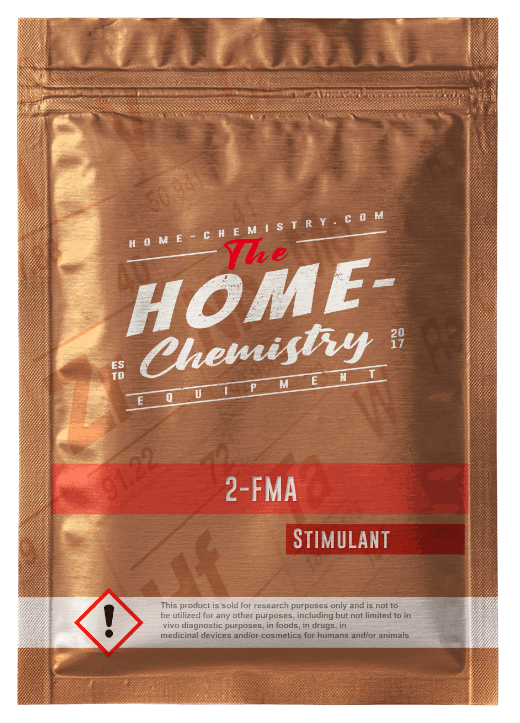

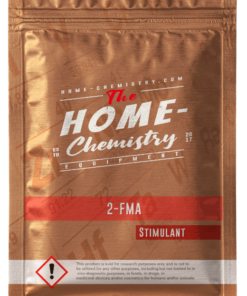

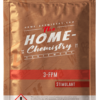
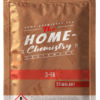
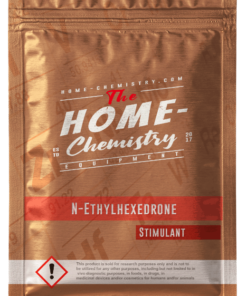

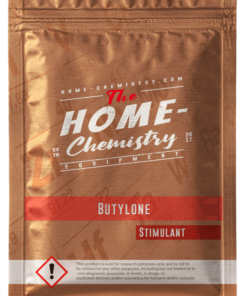


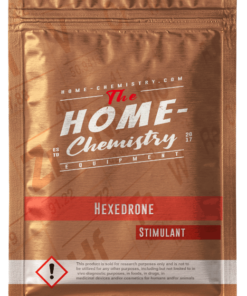

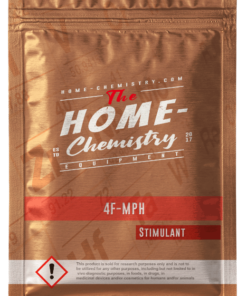

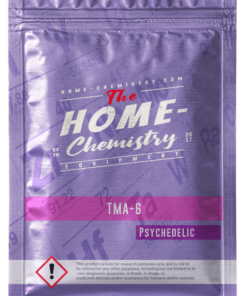

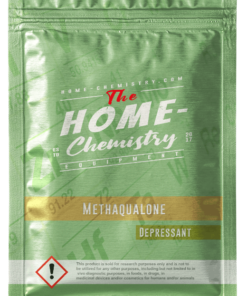

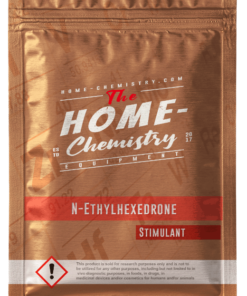

JoyceZ42 –
very clever packaging, you should sell as well!